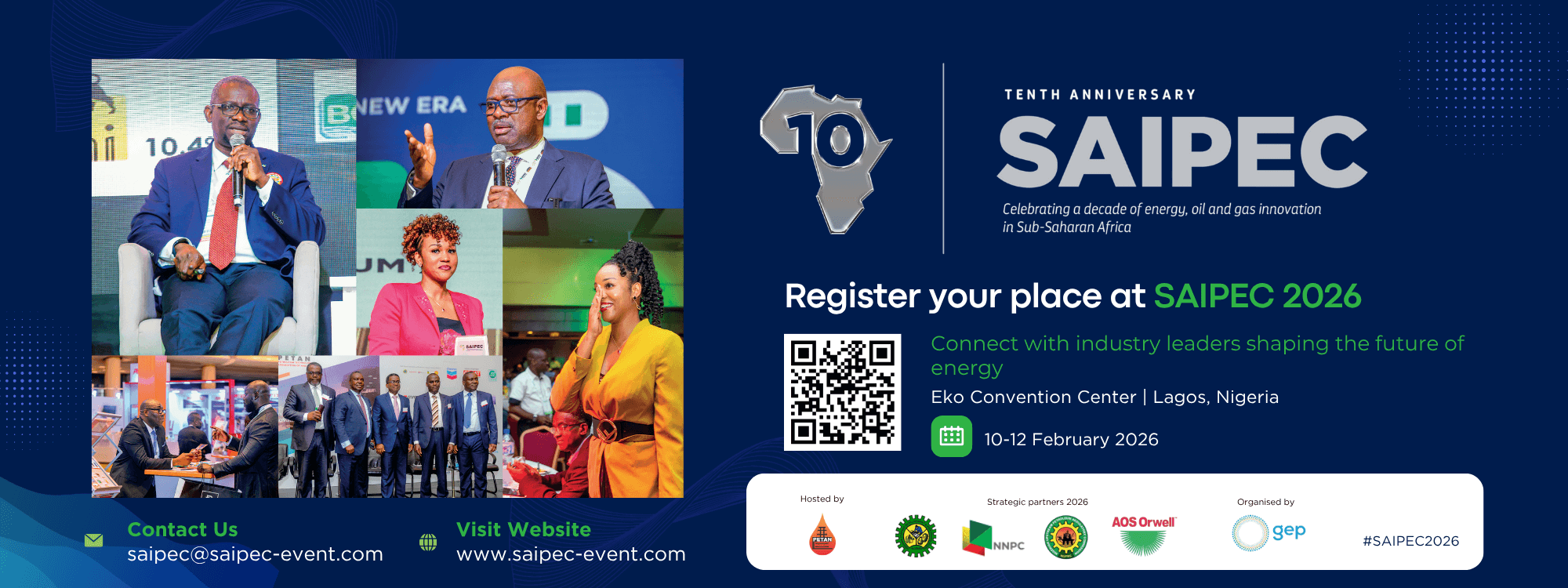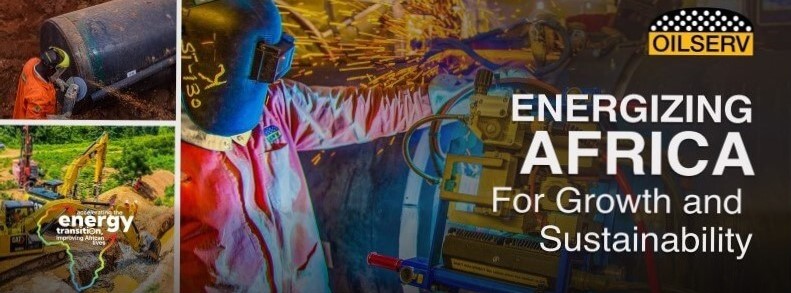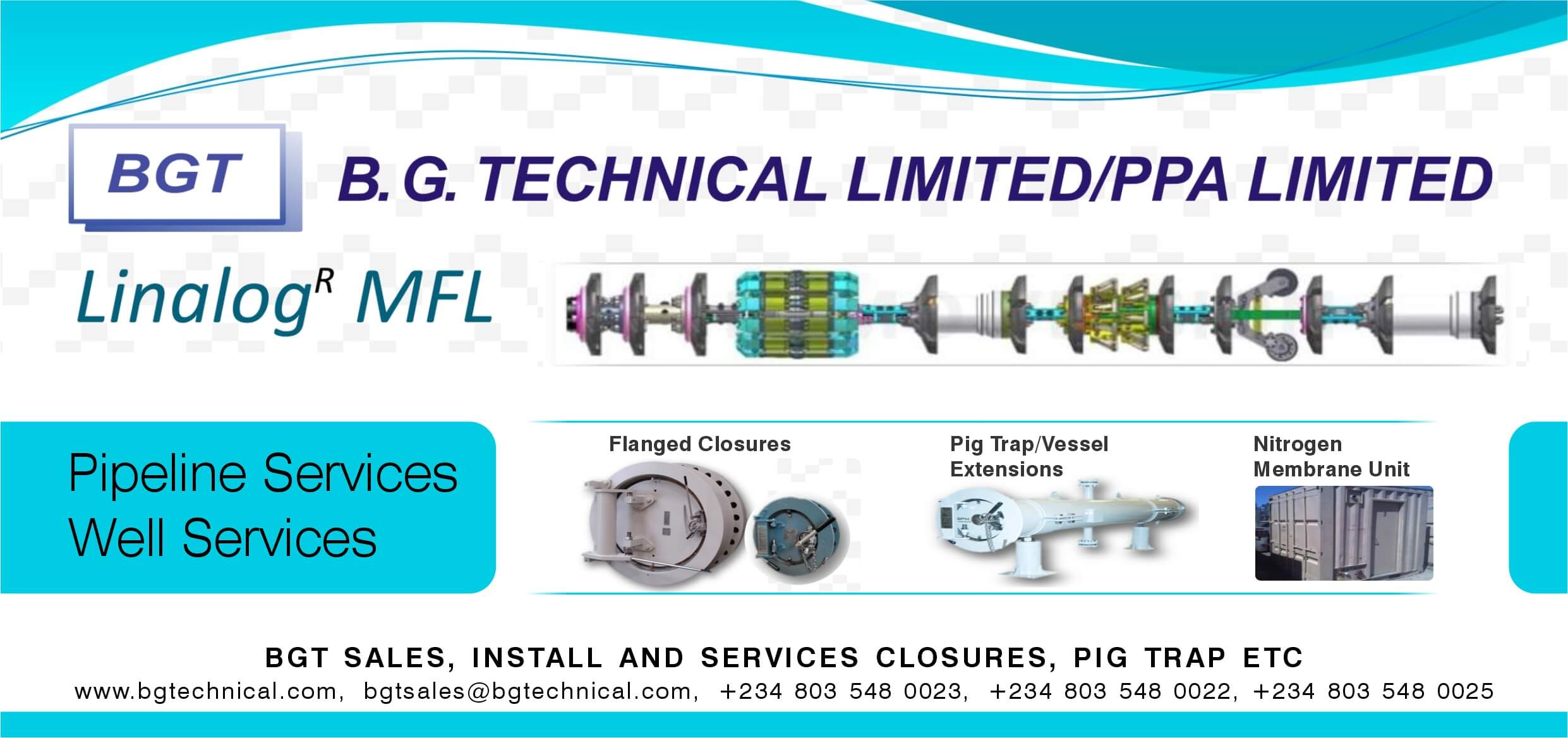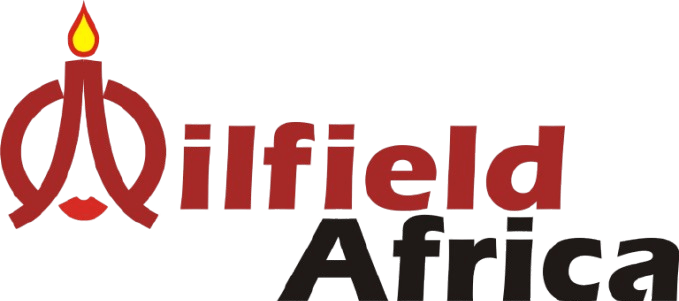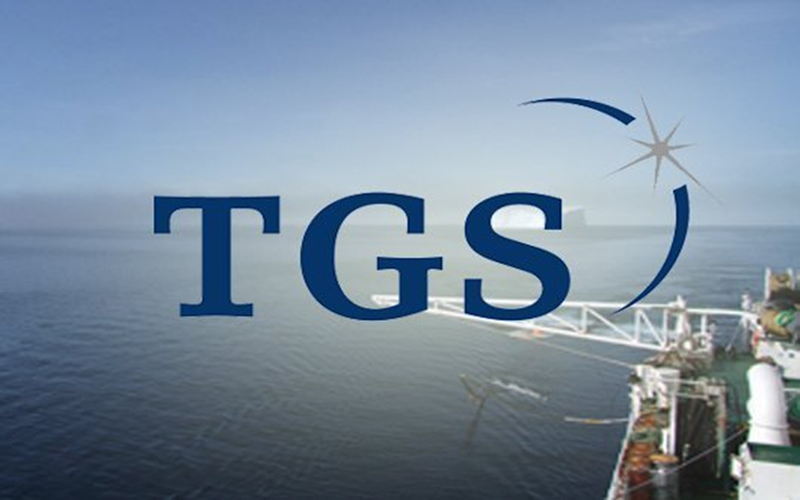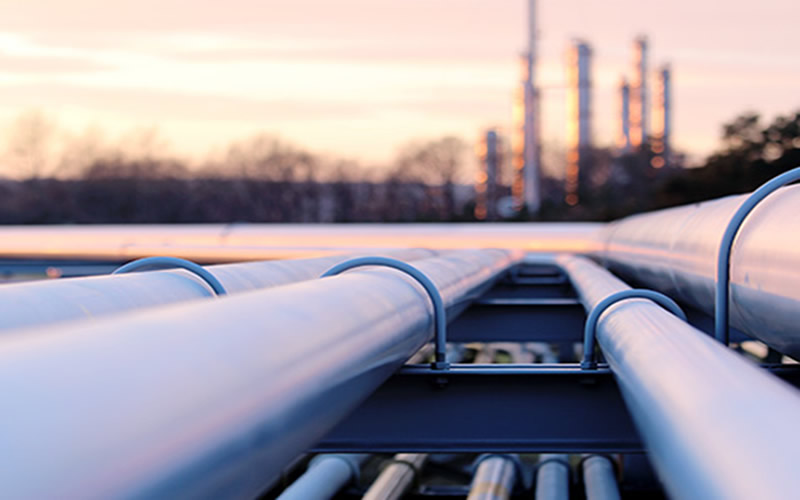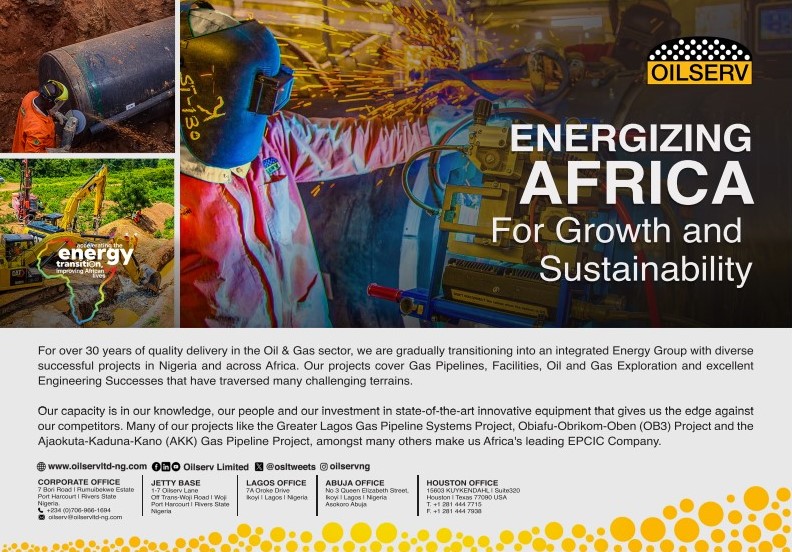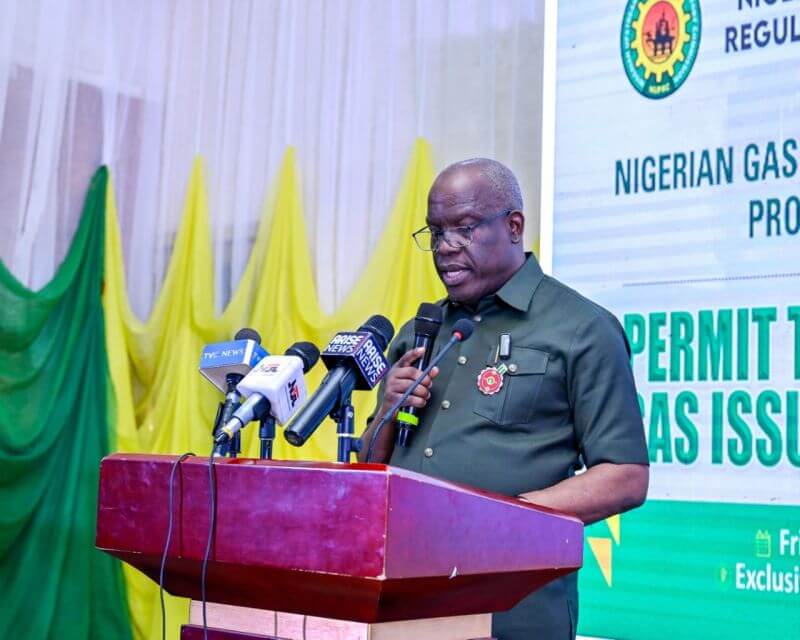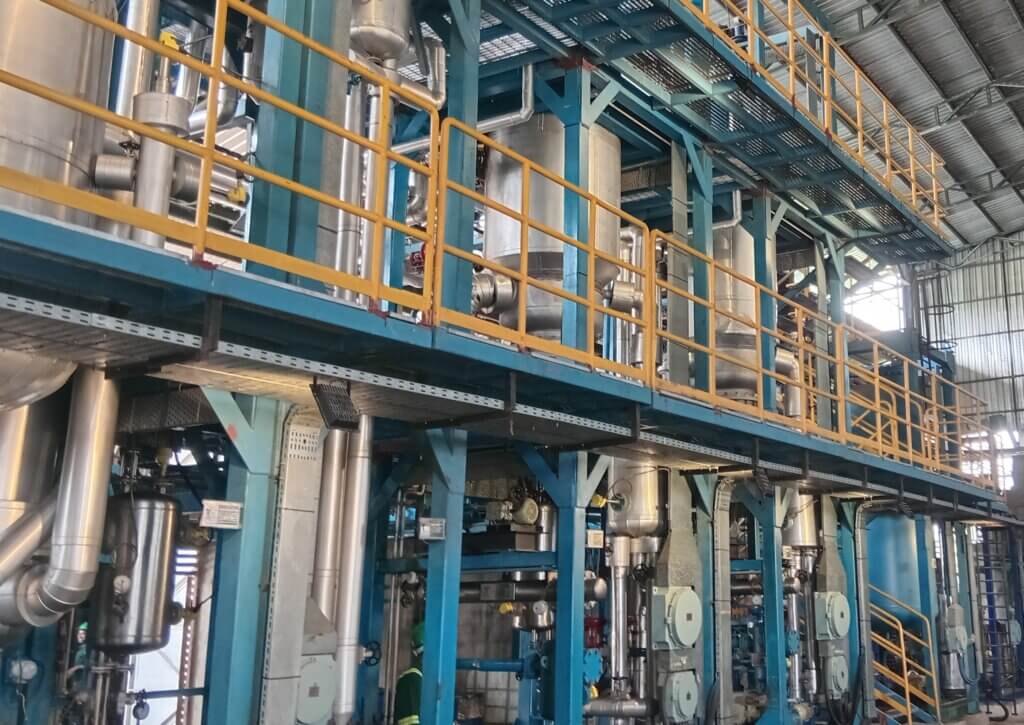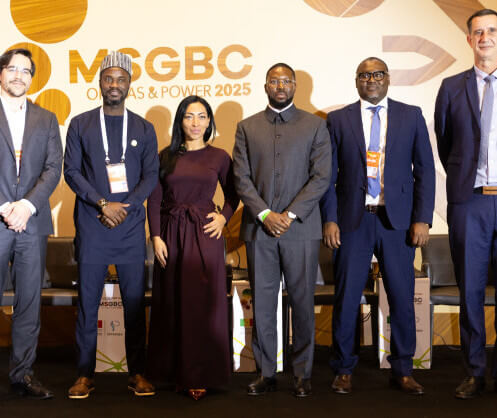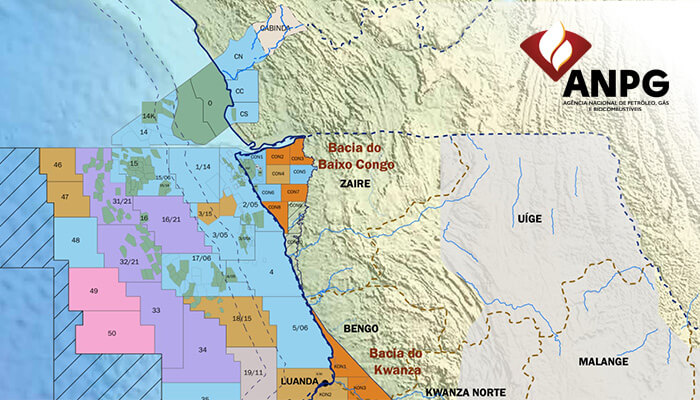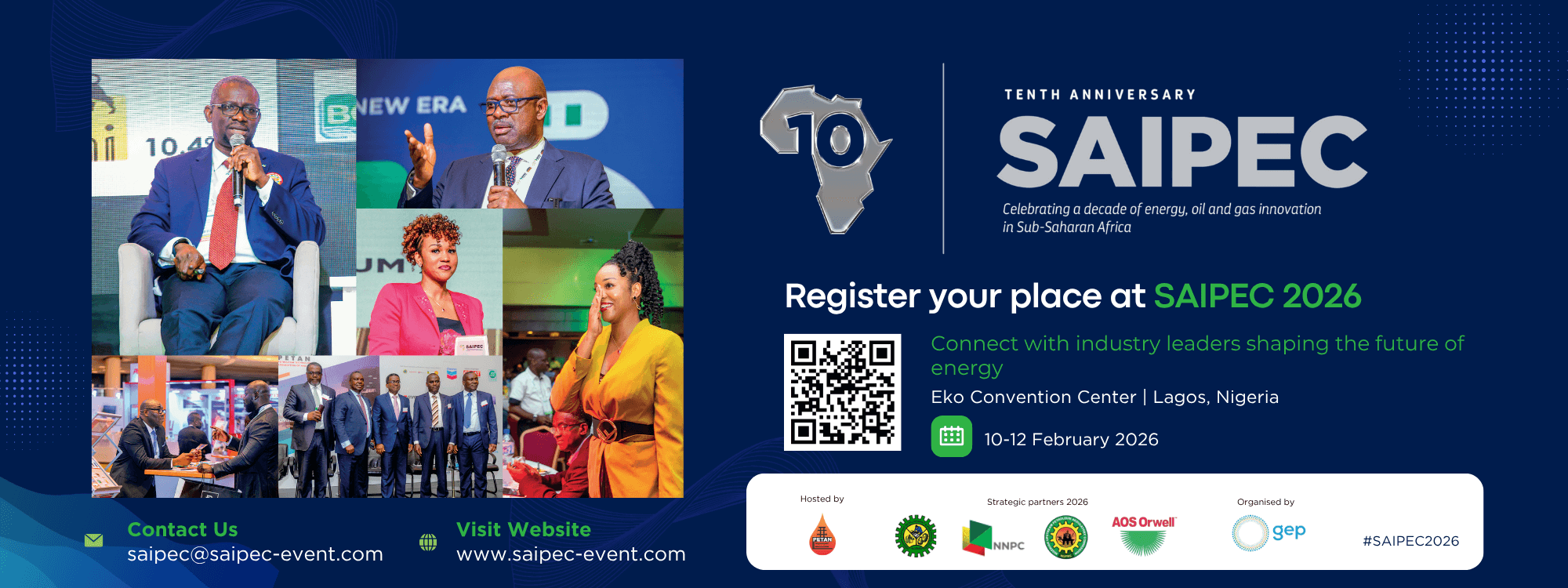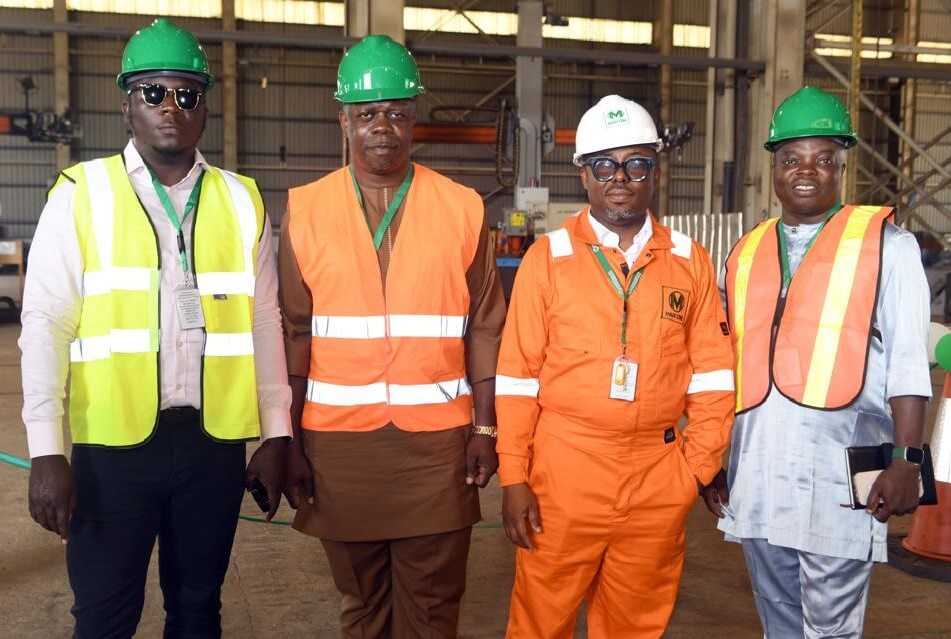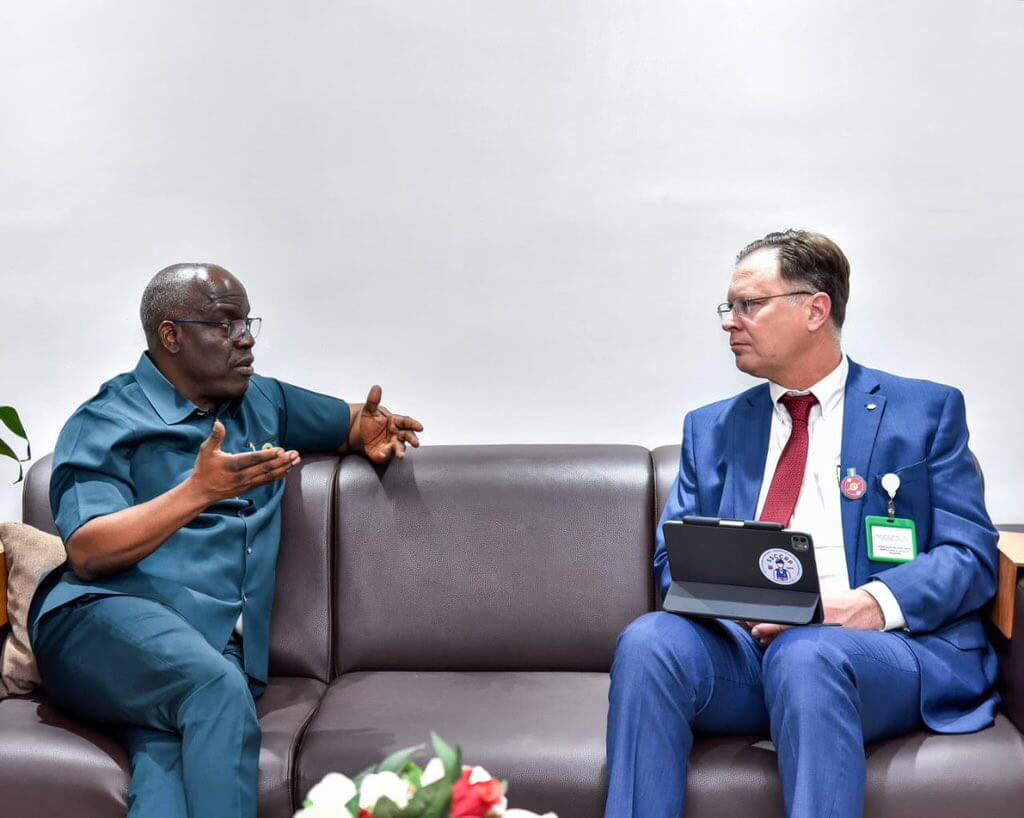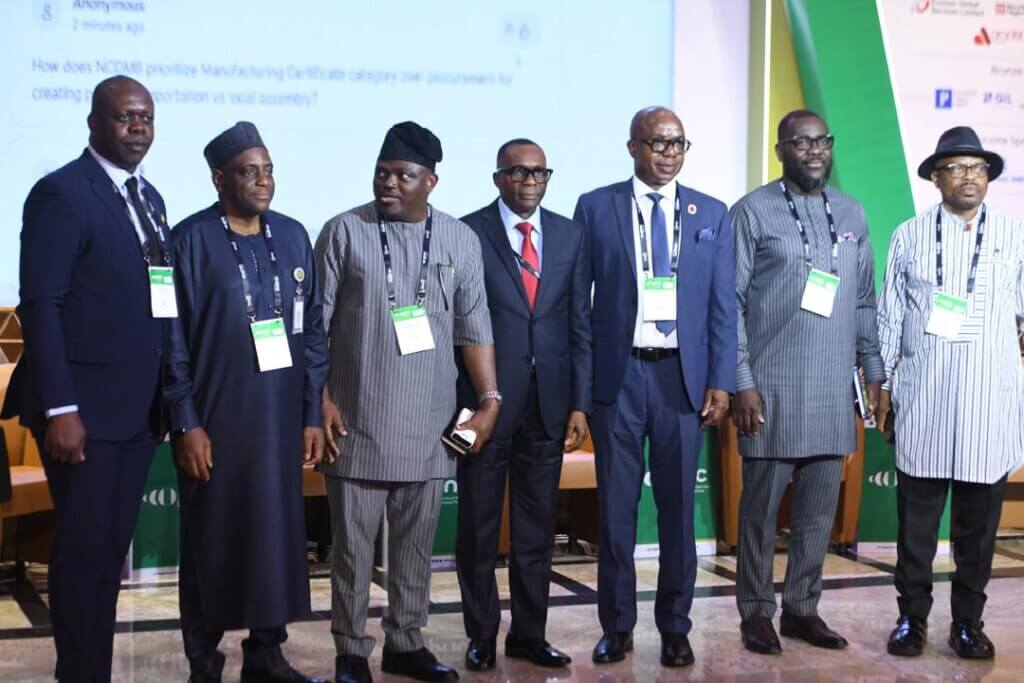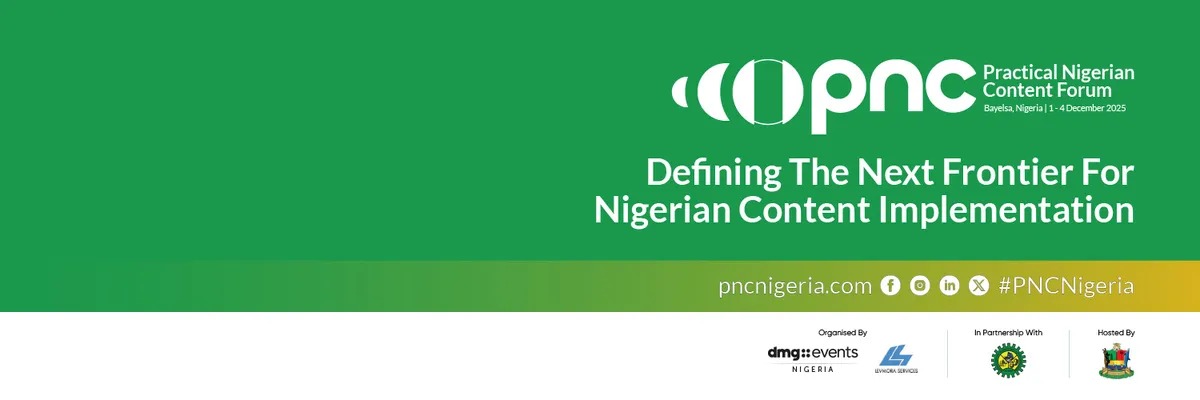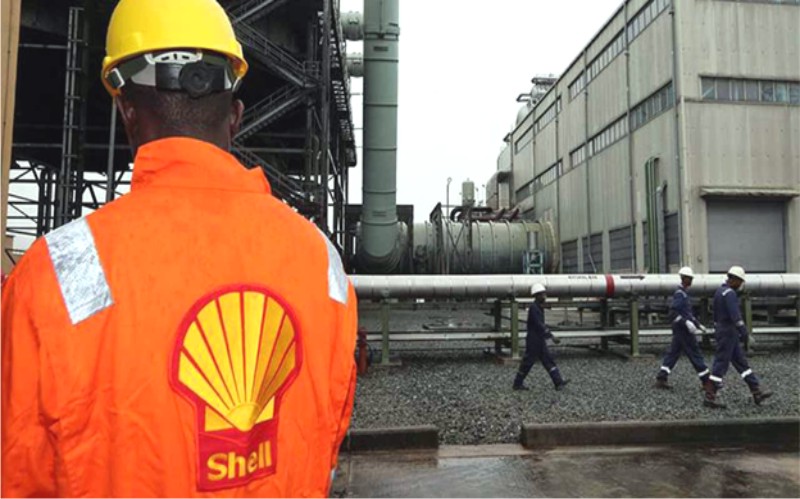
ENEOS Corporation, Chiyoda, and Queensland University of Technology have announced that they had succeeded in expanding the scale of their technological verifications of CO2- free hydrogen to a practical level for the first time in the world. We commenced technical verifications of the production, transportation, and dehydrogenation of CO2-free hydrogen in 2018.
In order to store and transport hydrogen, it was previously necessary to store hydrogen produced via water electrolysis in a tank, then convert it to methylcyclohexane (“MCH”), which is a type of organic hydride. The technology developed by ENEOS significantly simplifies this process, by directly producing
MCH from water and toluene through the electrochemical synthesis of organic hydride *2 (Direct MCH®*3). In March 2019, ENEOS, Chiyoda and QUT succeeded in directly producing MCH from water and toluene derived from Australian renewable energy, transporting this MCH to Japan, and extracting hydrogen from it.
This was the first successful verification of such a technology in the world, but produced only a labsized amount of MCH containing 0.2 kilograms of hydrogen. We have expanded the scale of MCH produced to a practical level so that it contains approximately 6 kilograms of hydrogen; they have also extracted hydrogen from this MCH in Japan, and actually used the hydrogen to fill and drive a fuel cell electric vehicle (FCEV).
For the reasons listed below, the technologies of ours used in this technological verification are superior
to other technologies for a transportable hydrogen supply chain. Party Technology Features QUT Concentrated Photovoltaic Power Generation System
A power generation system that captures sunlight by gathering solar irradiation with a Fresnel lens and adjusting the orientation of solar panels according to the position of the sun; compared to fixed-array solar panels, the system generates a much higher amount of electricity per unit surface area.
ENEOS Direct MCH® A high-efficiency electrolysis process that converts toluene directly into MCH, without first converting it into hydrogen; it is capable of reducing facility costs for MCH production by approximately 50%*4 compared to the conventional process to produce MCH. Chiyoda Dehydrogenation technologies using independently developed catalysts and dehydrogenation reactors, the technologies generate extremely high hydrogen yields from MCH.
In anticipation of a hydrogen-oriented society, ENEOS intends to further increase production volumes of MCH. The current technological verification is the first stage of an initiative to scale up the electrolyte cell required for its Direct MCH® technology. In 2023, ENEOS plans to complete a medium-sized electrolyzer with an output of 150 kilowatts (with an electrode surface area of about 3 square meters), which will form the basis of a larger-sized electrolyzer. In 2025, the company aims to develop a larger-sized electrolyzer with an output of 5 megawatts. Looking further ahead, ENEOS is engaged in technological development with the goal of establishing CO2-free hydrogen supply chains by around 2030.
ENEOS, Chiyoda, and QUT will continue their industry-academia collaboration with the goals of developing and implementing commercial-scale technologies for the production of CO2-free hydrogen at the earliest opportunity, and of contributing to the realization of carbon neutrality in Japan by 2050.
